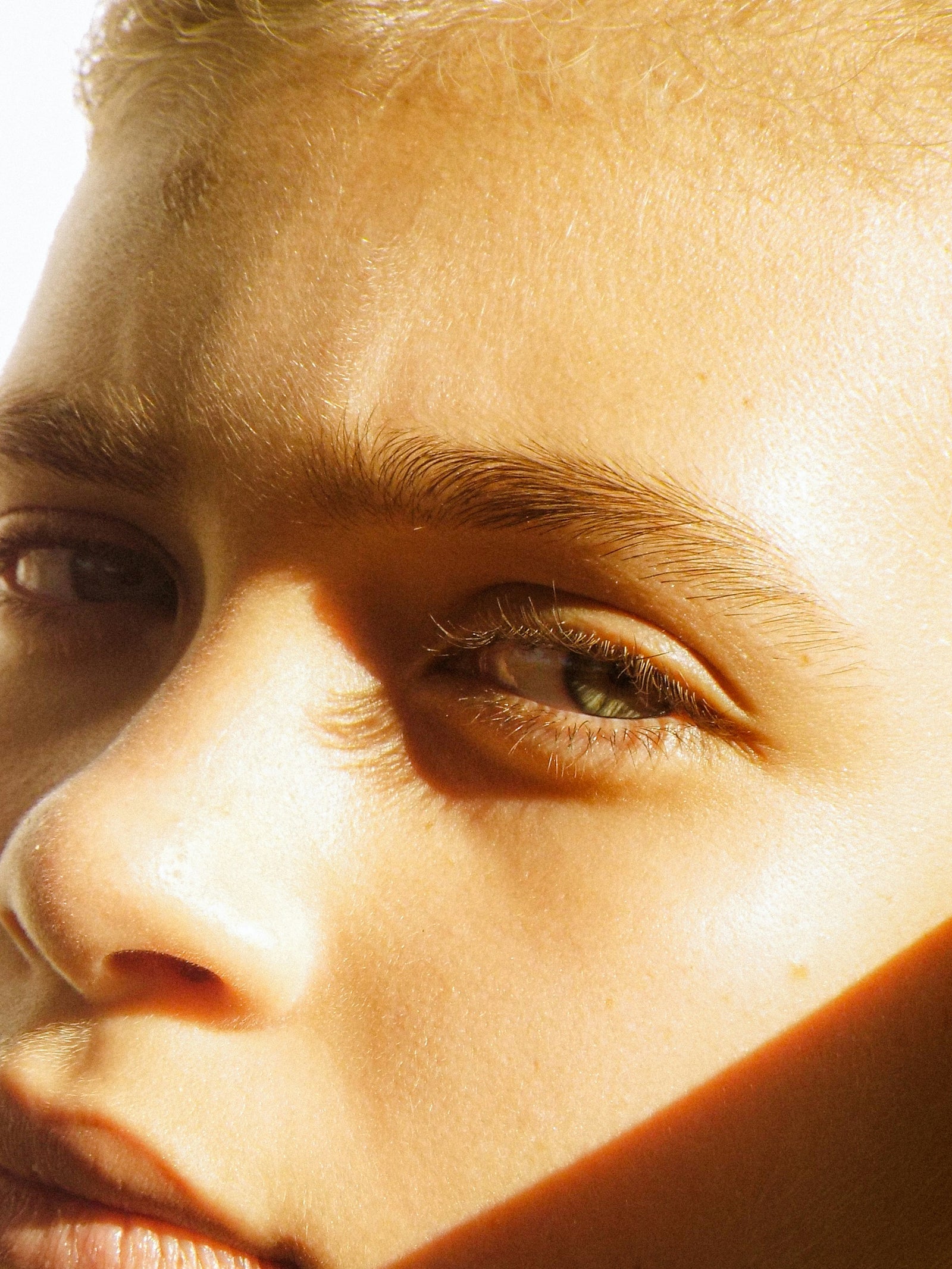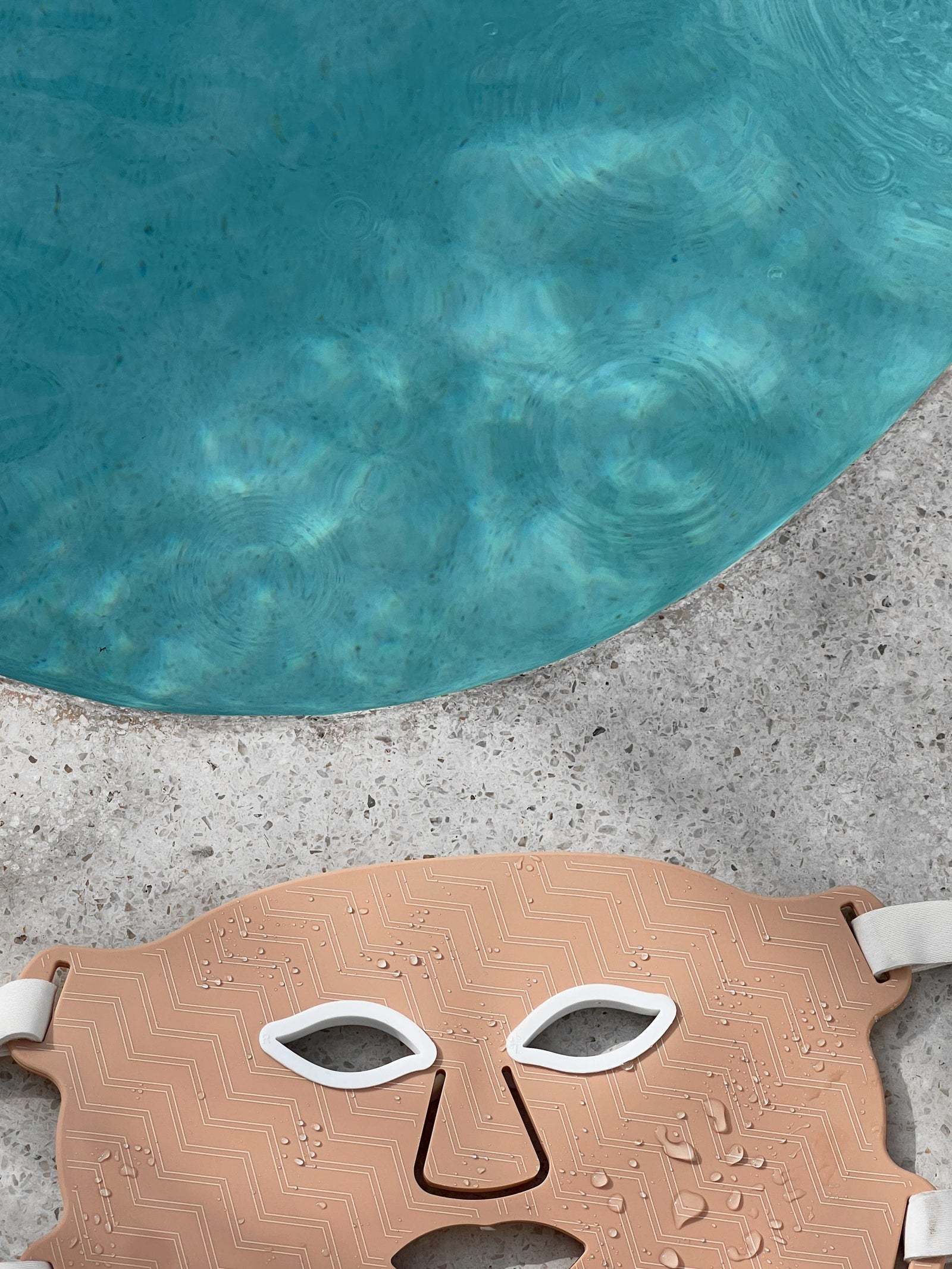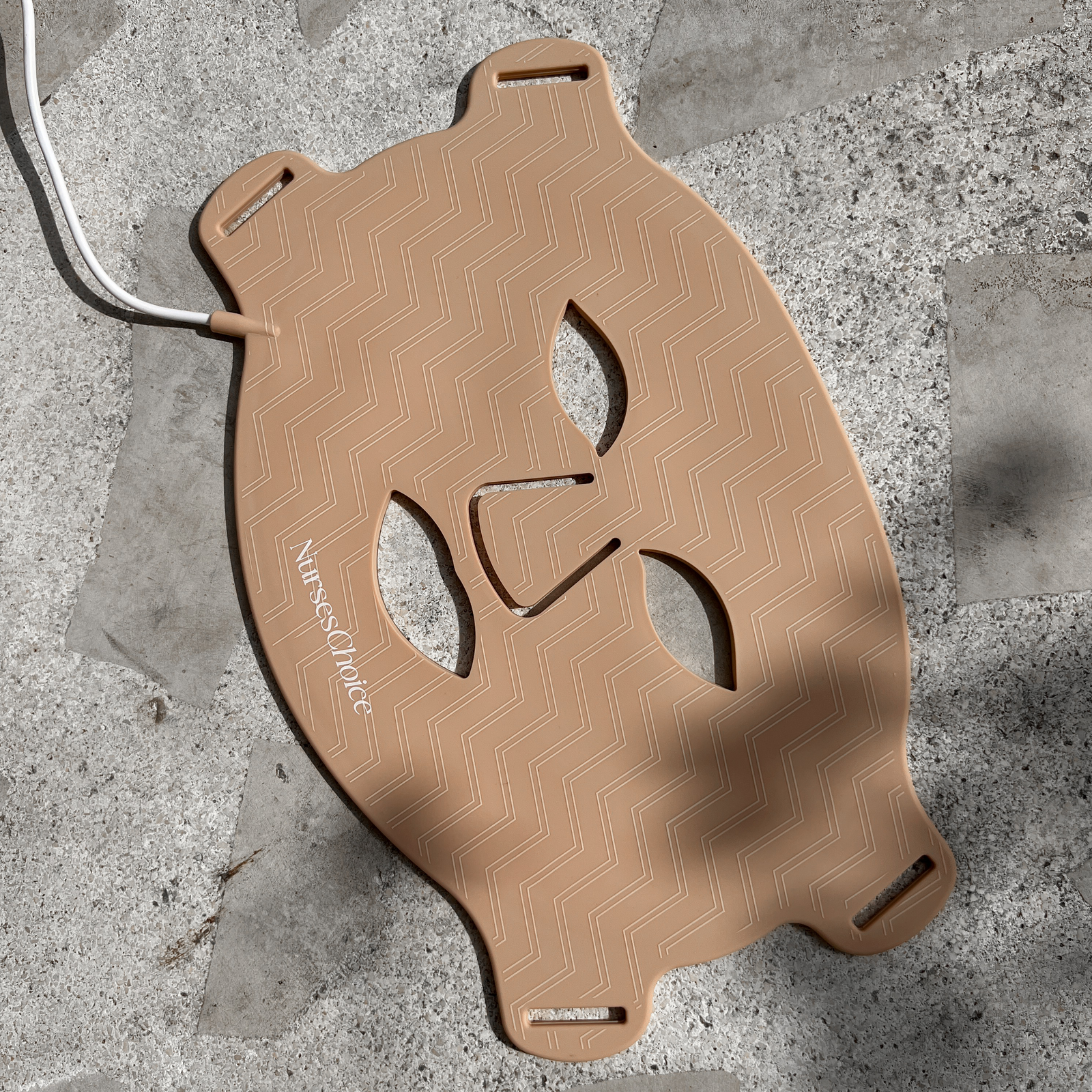
The Science Behind LED Light Therapy

The science of phototherapy
Powerful cellular regeneration

Not all LED devices are created equal
Not all LED devices are created equal
Some fail to deliver the wavelength needed for stimulating cellular responses...
When choosing for the right home - use LED mask, the amount of light emitted from the bulbs really does make all the difference. When selecting an LED face mask, one of the most important factors is the irradiance - the amount of light energy delivered to the skin, measured in mW/cm2 (milliwatts per square centimeter). This determines how effectively the light can stimulate biological processes in the skin. Light therapy works through photobiomodulation, where light at specific wavelengths stimulates cellular functions, there is a therapeutic window - too little energy wont trigger a biological response, and too much may reduce efficiency or cause irritation.
Low Irradiance
often not strong enough to penetrate deeply or produce noticeable results.
Optimal Range
Clinically shown to stimulate ATP production, increase collagen, reduce inflammation, and kill acne bacteria.
Hight but safe levels
Can be effective if properly timed and used with safety measures.

Does LED theapy actually work?
Supports Collagen Production
Red LED light is known for its ability to penetrate deeply into the skin, reaching the dermis layer where collagen production occurs. By stimulating fibroblasts (cells responsible for collagen synthesis), red light can help improve skin elasticity, reduce fine lines, and give skin a firmer, more youthful appearance.
This collagen-boosting effect makes red LED light a popular choice for those looking to address signs of ageing and rejuvenate their complexion.
Enhancing Radiance and Reducing Redness
Yellow LED light operates within a wavelength range that stimulates the skin’s mid-dermis and has a dual action enhancing blood circulation and promoting cell renewal. It’s known for its calming effects, helping to reduce redness and soothe sensitive skin. Yellow light therapy can also improve overall skin tone such as treating conditions like melasma while giving the complexion a natural, healthy glow.
This gentle approach makes yellow LED light an ideal option for individuals with sensitive or reactive skin.
A Targeted Approach to Acne
Blue LED light is effective in addressing acne by reducing the activity of sebaceous (oil) glands and targeting acne-causing bacteria on the skin's surface. By controlling oil production and diminishing bacteria, blue light helps prevent the formation of new breakouts and promotes a clearer, healthier complexion.
When combined with red light, it creates a powerful synergy, with blue light treating the source of acne and red light reducing inflammation and supporting skin healing.
"Blue and red ligh combo therapy led to a 76% reduction in acne lesions over 12 weeks." (Study Gold et al., J Clinc Aesthet Dermatol, 2009)
Supporting Deeper Skin Health and Wellness
Infrared LED light penetrates deeper than visible light, reaching the subcutaneous layers where it influences circulation, nutrient delivery, and cellular repair. This wavelength is particularly beneficial for reducing fine lines and improving skin elasticity, supporting overall skin wellness from the inside out.
Infrared light is also valued for its therapeutic effects, including pain relief and faster healing, making it a holistic addition to any skincare routine.



